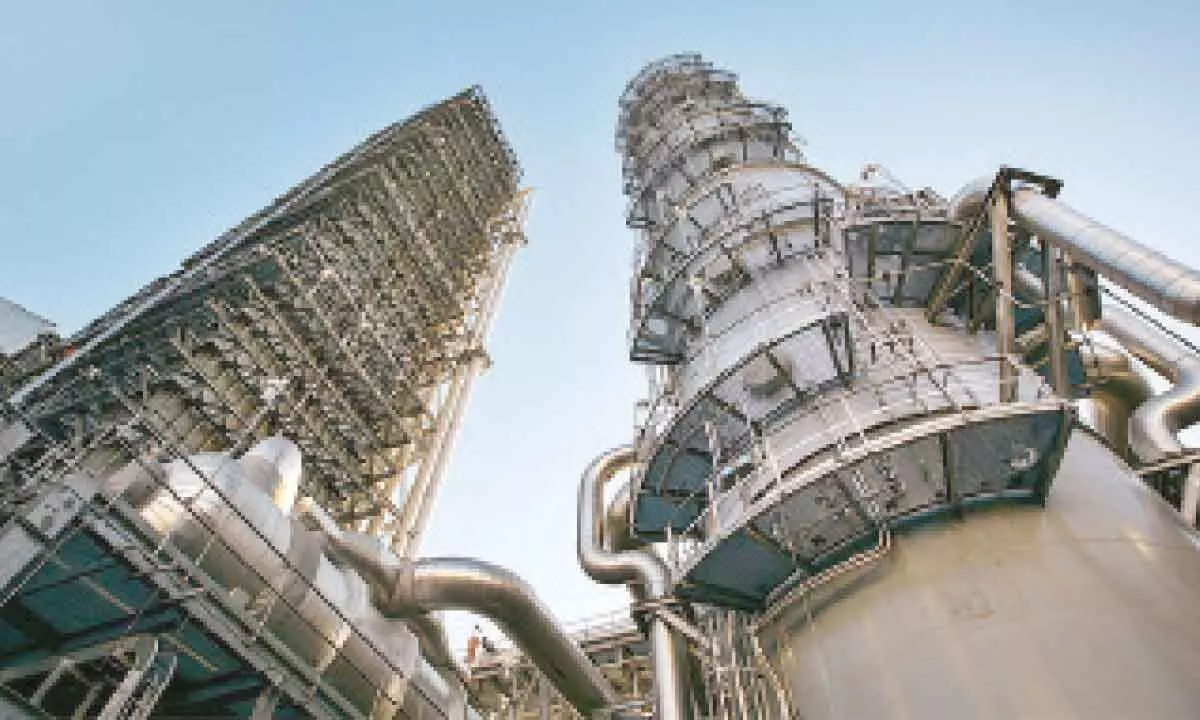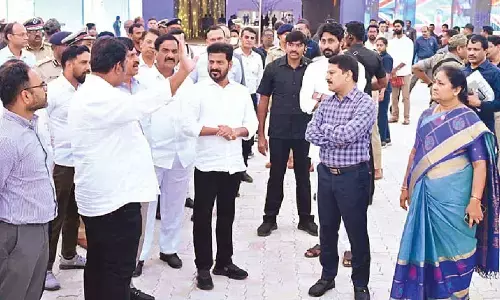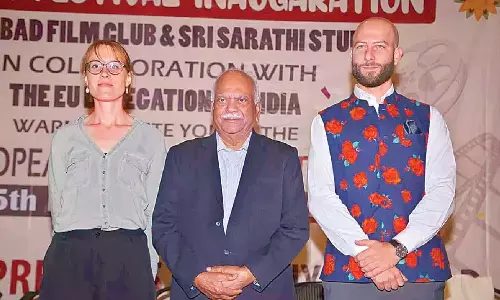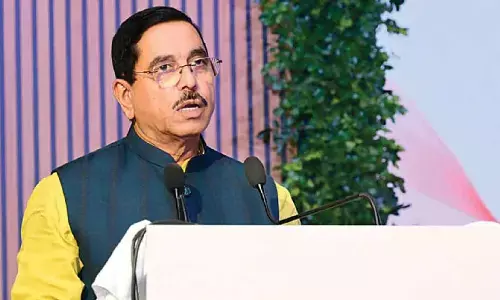The way forward for Odisha power sector

It can go for renewables or stick to coal with carbon-capture technology
India has expressed its intent to intensify its climate action as a step forward to meet the target of reaching net-zero emission by 2070. For renewable energy development, major challenges are: land acquisition and opportunity costs involved with RE development. Odisha's renewable energy rich sites are mainly in the forest areas or agricultural land; so, it is quite difficult for the state to establish large-scale solar power sector. Despite having significant potential for renewable energy sources in Odisha, presently, renewable energy's share in power sector is only 1%. The pragmatic alternative is to continue with coal-based electricity but adopt latest technology to reduce emissions
At the 26th session of the Conference of the Parties (COP26) to the United Nations Framework Convention on Climate Change (UNFCCC) held in Glasgow, United Kingdom, in 2021, India expressed to intensify its climate action as a step forward to meet the target of reaching net-zero emission by 2070. One major component of the strategies is to achieve 50 per cent cumulative electric power installed capacity from non-fossil fuel-based energy resources by 2030.
State governments, along with the Central government, have taken several initiatives to reduce emission in power sector through promoting renewable energy sources. Odisha, a coastal state in the Eastern part of India, is rich in minerals. Growing demand for power for industrial activities and domestic consumption is putting stress on the state's emission parameters. Though Odisha has the share of 3.47% population in India, net GHG emission from Odisha (274.54 Mt CO2e in 2018-19) is 9.3% of the country in 2018 (GHG Platform India 2022). In per capita terms, net emission from Odisha (6.15 tCO2e per capita) is higher than that of the national average (2.24 tCO2e per capita).
Odisha has installed capacity of 12,322 MW, as of December 2022 (CEA), in which 9,540 MW of installed capacity is for coal-based power plants. So, emission in Odisha is largely driven by high dependence on coal (90%) as a source of power generation in the state (in 2021-22). Other sources of power generation are hydro (8%), small hydro (1%), solar (1%). Odisha is one of the few states of India which is surplus in electricity production: only 33% of the produced electricity is consumed within the states and the rest of exported to other states. Clearly, selling electricity is a source of revenue for the state, revenue received from Taxes and Duties on Electricity in Odisha was Rs. 393846.21 lakh in 2020-21.
To keep up the pace of growth and development for the states and to meet the aspiration of the people, the State requires to continue generating electricity. It will not be prudent to import electricity from other states to reduce emission within the state boundary. As all states move towards the goal of achieving net zero, most states would face the same dilemma: how to produce electricity in a sustainable way.
Mitigation measures in terms of transition towards renewable energy is emphasized in policy design in Odisha. In 2021-22, contracted capacity of renewable power by GRIDCO from various sources was 1460.7 MW, (109.2 MW from 8 small Hydro-electric Projects, 1010 MW from Solar PV Projects, including 25 MW from roof-top solar, 20 MW from 1 Biomass Power Project and 321.5 MW from wind sources). Odisha Renewable Energy Development Agency (OREDA) took initiatives for various programs on the front of solar energy like Konark Solarisation, (aiming to turn the temple town of Konark into a solar town as well as a Net-Zero town through Solar Street Lighting, Solar Powered Drinking Water Kiosks, roof- top solar power plants, solarising the night-time illumination of the Sun Temple, establishment of solar charging stations, introduction of electric vehicles, etc.); Roof Top Solar Power Plant in residential, commercial and Government buildings; and Solarisation of agricultural pump sets under PM-KUSUM & Soura Jalanidhi (State Scheme), etc.
The Government of Odisha is also targeting to harness its renewable energy potential, as reflected in Renewable Energy Policy of Odisha, 2022, offering exemption on duty and surcharges along with other benefits, and targeting to increase the renewable capacity to 10 GW by 2030. Apart from traditional sources of non-fossil-fuel like hydro, solar and wind energy, the policy document also considered the non-traditional sources like green hydrogen, green ammonia, floating solar, biomass, waste-to-energy etc.
For renewable energy development, major challenges are: land acquisition and opportunity costs involved with RE development. Odisha's renewable energy rich sites are mainly in the forest areas or agricultural land; so, it is quite difficult for the state to establish large scale solar power sector. Despite having significant potential for renewable energy sources in Odisha, presently, renewable energy's share in power sector is only 1%. The pragmatic alternative is to continue with coal-based electricity but adopt latest technology to reduce emission.
There are some mitigation technologies available for reducing CO2 emission from the stationary sources like carbon capture and storage (CCS) technology for large-scale production. The existing carbon-capture technologies can be grouped into three categories: (a) pre-combustion and (b) oxy-fuel combustion with CO2, and (c) post-combustion. Under the pre-combustion process, Integrated Gasification Combined-Cycle (IGCC) technology has the potential of reducing 90% emissions from power plants. In oxy-fuel combustion technology, CO2 is separated during combustion and has the potential of removing up to 100% CO2 from the flue gas. Post-combustion CO2 capture technology can be retrofitted to existing plants without major modifications; and only the necessary capturing equipment are needed to be installed. Here, the most common method is chemical absorption with amine solvents (recovery of CO2 is approximately 85% to 95%); others being membranes, the PSA (pressure swing adsorption) process and mineral carbonation processes.
The drawback of the technology is that these processes reduce the power plant efficiency to some extent. But research on integration of CO2 capture, transport and storage in power plants is going on in different countries on the world. Inclusion of CCS in the mitigation portfolio is recognized to be beneficial for expediting the climate stabilization process and for gaining long-term economic efficiency in long-term.
(Chetna and Sanjib are working at National Council of applied Economic Research, New Delhi. Pradeep is Bhubaneswar Based Economist. Views are personal.)




















